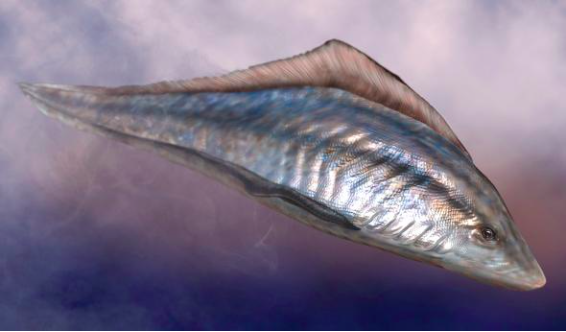
Just over half a billion years ago, the animal kingdom went through a remarkable flowering that lasted somewhere in the neighborhood of 20 million years. During the so-called Cambrian Explosion, the first known fossils of many major groups of living animals appear. It’s a chapter of evolutionary history that has captivated many scientists ever since Darwin. And in recent years researchers have gathered a lot of fresh evidence about different factors that might have been the trigger to this evolutionary big boom. Today in the New York Times, I talk to Paul Martin, the director of the Oxford Museum of Natural History, who has co-authored a new synthesis of ideas about the Cambrian Explosion. Rather than looking for just one cause–such as rising sea levels–he argues for a tangled web of feedback loops. Check it out.